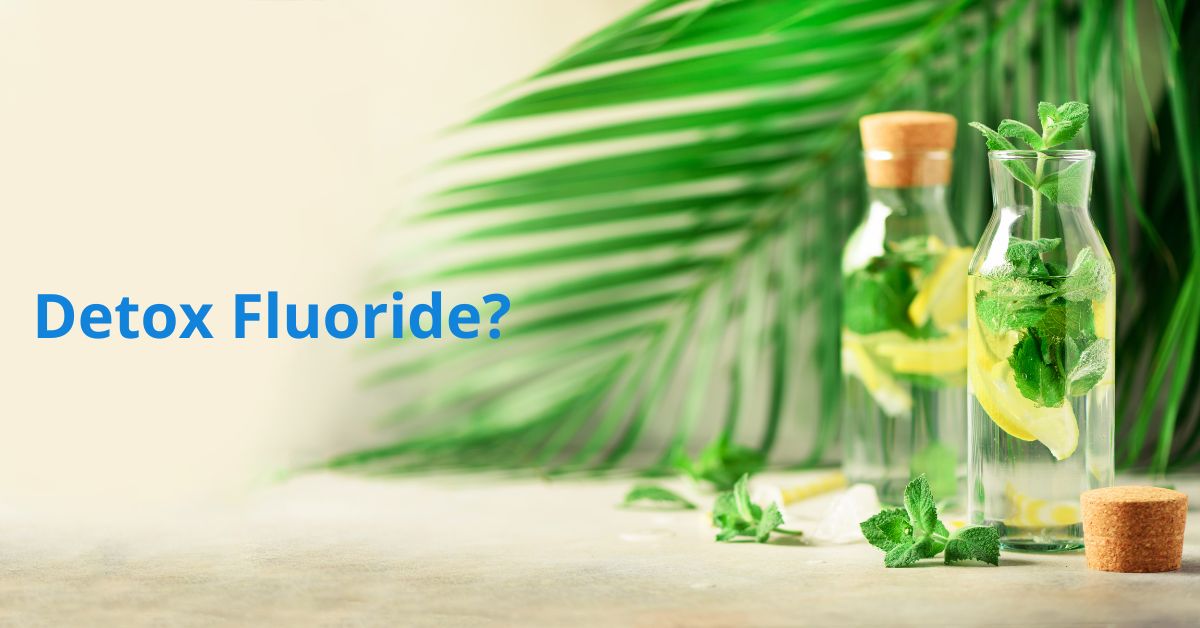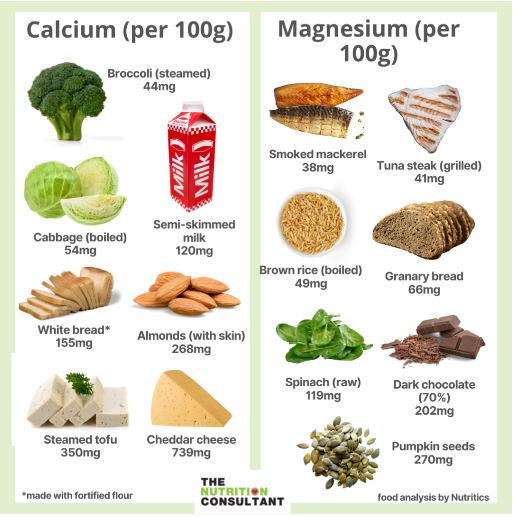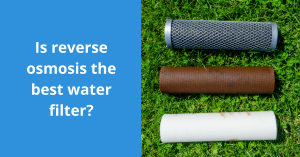
Detox Fluoride?
Hey there, health enthusiasts! Today, I want to chat about a topic that’s been buzzing in wellness circles: fluoride detoxification. As someone who’s always been passionate about optimising health, I’ve dug deep into researching this subject. I’ll share what I’ve learned about fluoride and how you might go about reducing its presence in your body. Let’s explore this together!
How do you flush fluoride out of your body?
Let’s start by addressing the crucial question. How exactly do you get fluoride out of your system? Well, it’s not as simple as drinking a magical detox tea or popping a pill. Our bodies are complex, and fluoride has a knack for sticking around, especially in our bones and teeth. But don’t worry—there are several strategies we can employ to help our bodies reduce fluoride levels over time.
1. Filter Your Water
One of the most effective ways to reduce your fluoride intake is to filter your drinking water. Here are some options I’ve found particularly useful:

- Reverse Osmosis Filter: This is my go-to recommendation for serious fluoride removal. A reverse osmosis system can eliminate up to 95% of fluoride from your water, along with other contaminants. It’s like giving your water a complete makeover! While it might be a bit of an investment upfront, I’ve found the long-term benefits to be worth every penny.
- Undersink Water Filter: If you’re looking for a more economical option, an undersink water filter could be your new best friend. These systems tuck neatly away under your sink and can be highly effective at reducing fluoride levels. Just make sure to choose one specifically designed for fluoride removal—not all filters are created equal!
- Gravity Water Filter: For those who prefer a more portable option, gravity water filters are a great choice. These work without electricity, making them perfect for camping trips or emergency preparedness. Plus, many models are effective at reducing fluoride levels. I love the versatility these filters offer.
2. Boost Your Iodine Intake
Here’s a fun fact I discovered: iodine and fluoride are like siblings who don’t get along. They’re both part of the halogen family, which means they compete for absorption in our bodies. By ensuring you have adequate iodine intake, you can help prevent fluoride absorption.
I’ve started incorporating more iodine-rich foods into my diet, like seaweed (hello, sushi nights!), fish, eggs, and dairy products. However, a word of caution: too much iodine can also be harmful, so it’s best to consult with a healthcare professional before making significant changes to your iodine intake.
3. Calcium and Magnesium: Your New Best Friends
Calcium and magnesium are two minerals that can help protect your body from fluoride toxicity. They work by binding to fluoride, making it less bioavailable. I’ve made it a point to include plenty of calcium and magnesium-rich foods in my diet. Think leafy greens, nuts, seeds, and if you’re not lactose intolerant, dairy products.

Source: The Nutritionconsultant.org.uk (https://thenutritionconsultant.org.uk/micronutrients-part-2-minerals/)
4. Hydrate, Hydrate, Hydrate!
This might seem counterintuitive if you’re trying to avoid fluoridated water, but hear me out. Drinking plenty of filtered water can help flush toxins, including fluoride, from your body. I aim for at least 8 glasses a day, and I’ve noticed improvements in my overall health since making this a habit. Just make sure you’re using one of those awesome water filters we talked about earlier!
5. Sweat It Out
Time to get moving! While sweating would not help your body eliminate toxins, exercise can help the body remove toxins by increasing blood and lymph circulation, which helps the kidneys and lymph nodes filter out toxins.
6. The Power of Tamarind
Here’s an interesting tidbit I came across in my research: tamarind, a tropical fruit used in many cuisines, may help eliminate fluoride from the body. Some studies have shown that it can increase urinary excretion of fluoride. Despite the need for further research, I’ve begun incorporating tamarind into my cooking, as it enhances the tangy flavour of my dishes!
7. Liver Support
Your liver is your body’s natural detox powerhouse. Supporting liver health can aid in the overall detoxification process. I’ve found that incorporating liver-supporting foods like garlic, turmeric, and leafy greens into my diet has made me feel more energetic overall.
The Long Game: Patience, Persistence, and Professional Guidance for Holistic Health
Now, I want to emphasise something important: detoxing from fluoride is not an overnight process. It takes time and consistent effort. The most crucial step is reducing your ongoing exposure, which is why investing in a quality water filter is so vital.
As with any health-related changes, it’s always best to consult with a healthcare professional before starting any new regimen. They can provide personalised advice based on your individual health needs and circumstances.
Remember, by taking these steps, you’re not just working on removing fluoride from your body—you’re making positive changes that can improve your overall health and well-being. It’s about creating a lifestyle that supports your body’s natural detoxification processes.
I hope you’ve found this information helpful and inspiring. Keep in mind that small changes can lead to big results over time.



